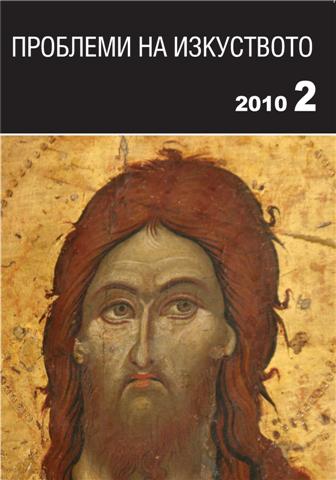
Evaluation culture in Poland
Kultura ewaluacyjna w Polsce
Keywords: evaluation; evaluation culture; utility-based evaluation
Evaluation as type of judgement aggregation specifies expected or factual effects of a public intervention. The main goal of evaluation in public administration is to support decision-making processes and therefore increase the quality, efficiency and coherence of public help. That aim is supported by three main functions of evaluation: the function of accountability (executing responsibility), the cognitive function and the function of improvement stimulation within an organization. Among the advantages of performing objective and specified evaluations of public interventions one may name improvements in planning, implementing processes, improvements in quality control, supporting learning processes within institutions, strengthening the feelings of partnerships and joint ownership. For those among other reasons a number of international institutions (e.g. European Union) put emphasis on the development of evaluation culture. On the basis of the results of a project carried out by Centrum Ewaluacji i Analiz Polityk Publicznych UJ (The Center for Evaluation and Analysis of Public Policies) several elements occurring frequently in evaluations in Poland that may inhibit the development of evaluation culture have been identified. Those elements are the perception of evaluation among public administration workers, the way party ordering evaluations uses evaluation criteria, the existing procurement law and lack of rules concerning the reception of evaluation report.
More...
